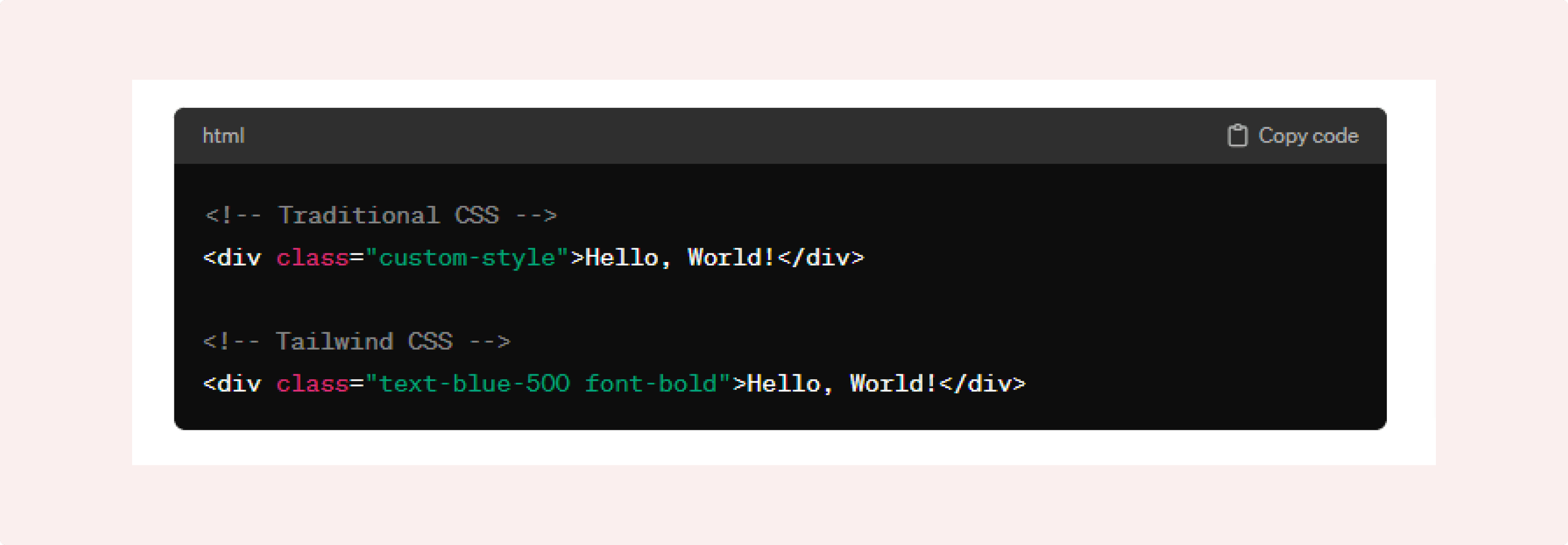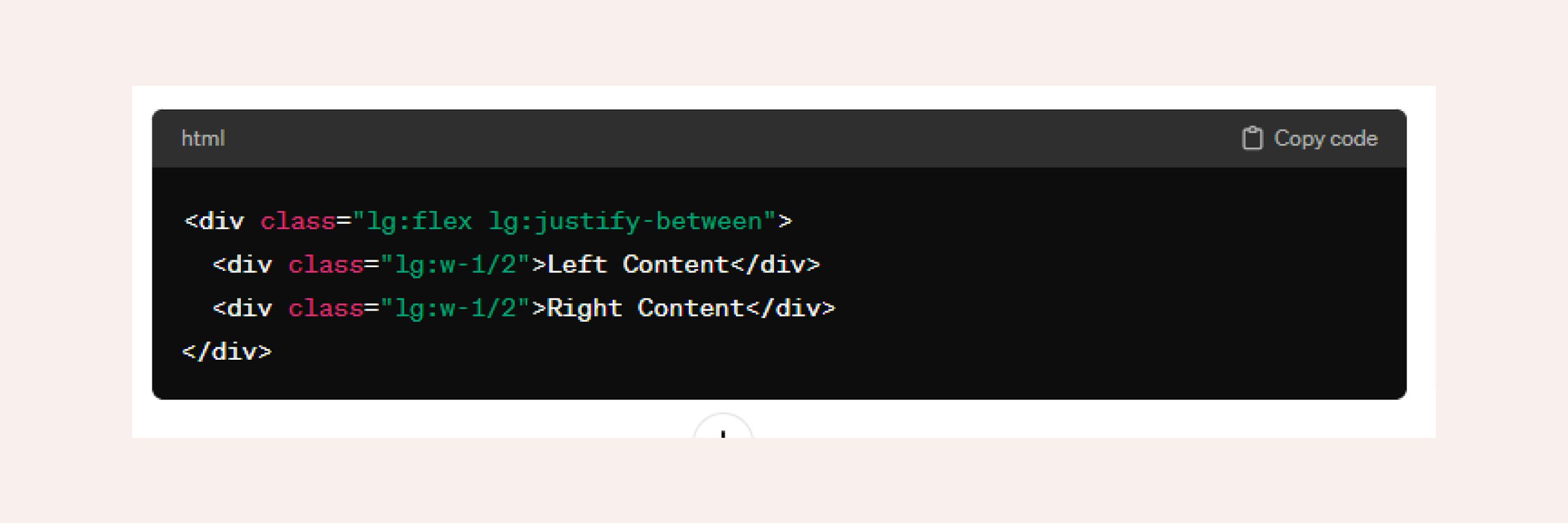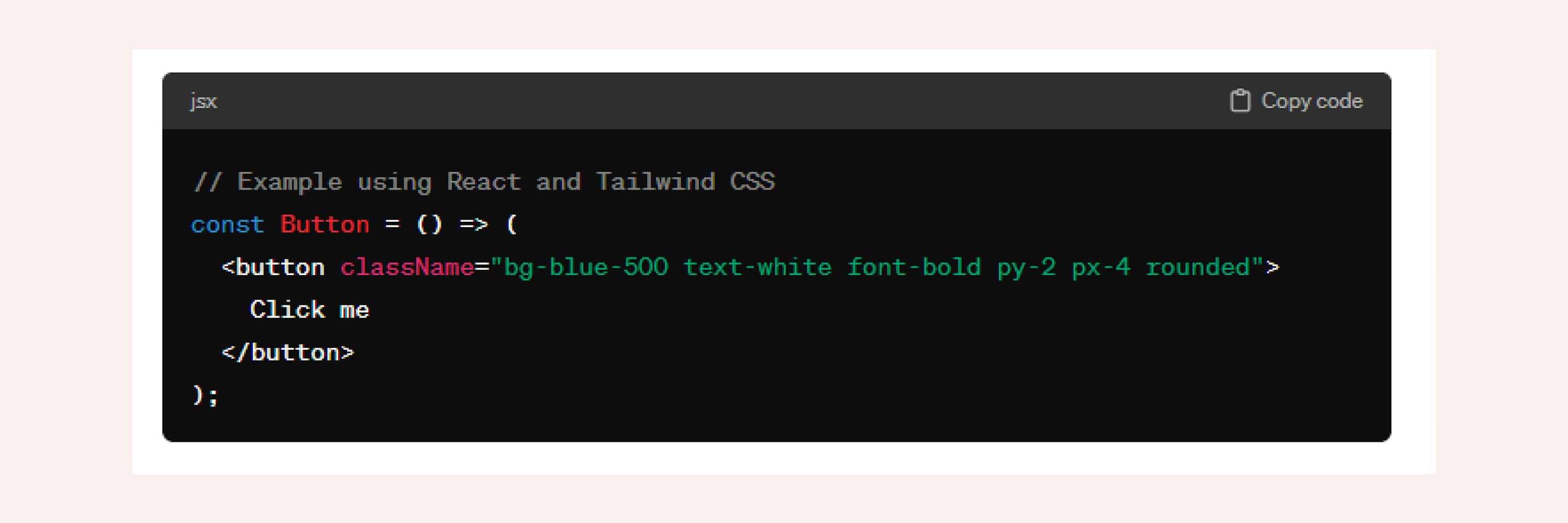In the fast-paced world of web development, efficiency is key. As technology evolves, so do the tools and practices developers employ to create sleek, responsive, and maintainable websites. One such tool that has gained significant popularity is Tailwind CSS, a utility-first CSS framework that streamlines the styling process and enhances the overall development experience. In this article, we'll explore how Tailwind CSS aligns with the best development practices, empowering developers to build exceptional user interfaces quickly and precisely.

Efficient Styling with Utility-First Approach
Traditional CSS often involves writing custom styles for every element, resulting in lengthy stylesheets and increased development time. Tailwind CSS takes a different approach with a utility-first methodology. Instead of creating custom classes, developers use pre-defined utility classes that directly apply styles to HTML elements. This approach promotes consistency, reduces redundancy, and accelerates the styling process.

Responsive Design Made Easy
Tailwind CSS simplifies the implementation of responsive design principles. With built-in classes for different screen sizes, developers can create layouts that adapt seamlessly to various devices. The framework includes intuitive breakpoints, allowing for a responsive design without the need for media queries cluttering the stylesheet.

Customization without Sacrificing Speed
Tailwind CSS is designed to be highly customizable, allowing developers to tailor the framework to their specific needs. With the use of configuration files, it's possible to add, modify, or remove styles according to project requirements. This flexibility doesn't come at the cost of speed – Tailwind's Just-In-Time (JIT) compiler optimizes the final CSS output, ensuring that only the necessary styles are included in the production build.
Component-Based Development
In modern web development, the shift towards component-based architectures is evident. Tailwind CSS seamlessly integrates with component-based frameworks like React, Vue.js, and Angular. By utilizing utility classes within components, developers can maintain a clear separation of concerns, making it easier to manage and scale their projects.

Readability and Consistency
Tailwind CSS promotes a consistent and readable codebase by enforcing a standardized naming convention for utility classes. This consistency not only aids in collaboration among team members but also makes it easier for developers to understand and maintain the code. Additionally, the framework's documentation is extensive, providing a comprehensive guide for developers at all skill levels.

Dive into Tailwind CSS with Veedoo now!
Ready to boost your development efficiency? Discover the power of Veedoo today!
Let's start!
Conclusion
Tailwind CSS has emerged as a powerful ally in the quest for efficient and maintainable web development. Its utility-first approach, responsive design capabilities, customization options, seamless integration with component-based frameworks, and emphasis on readability make it a valuable tool for developers striving to adhere to best practices. As the web development landscape continues to evolve, Tailwind CSS stands out as a versatile and robust solution that empowers developers to create exceptional user interfaces with speed and precision.












